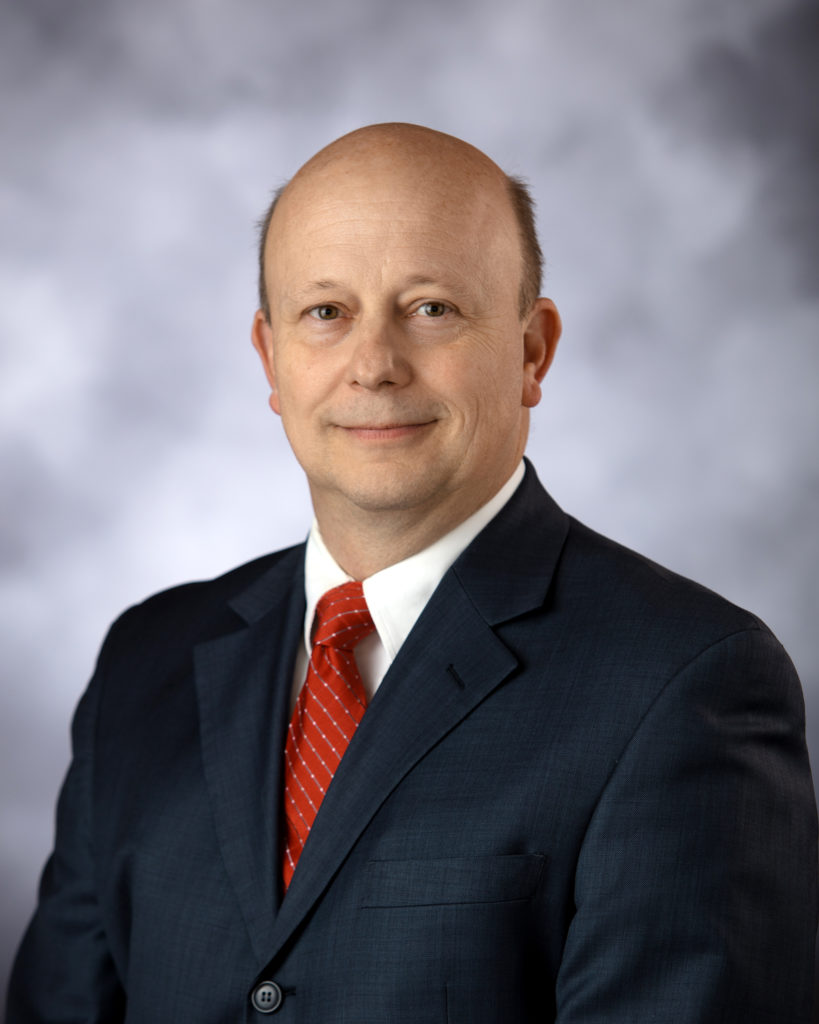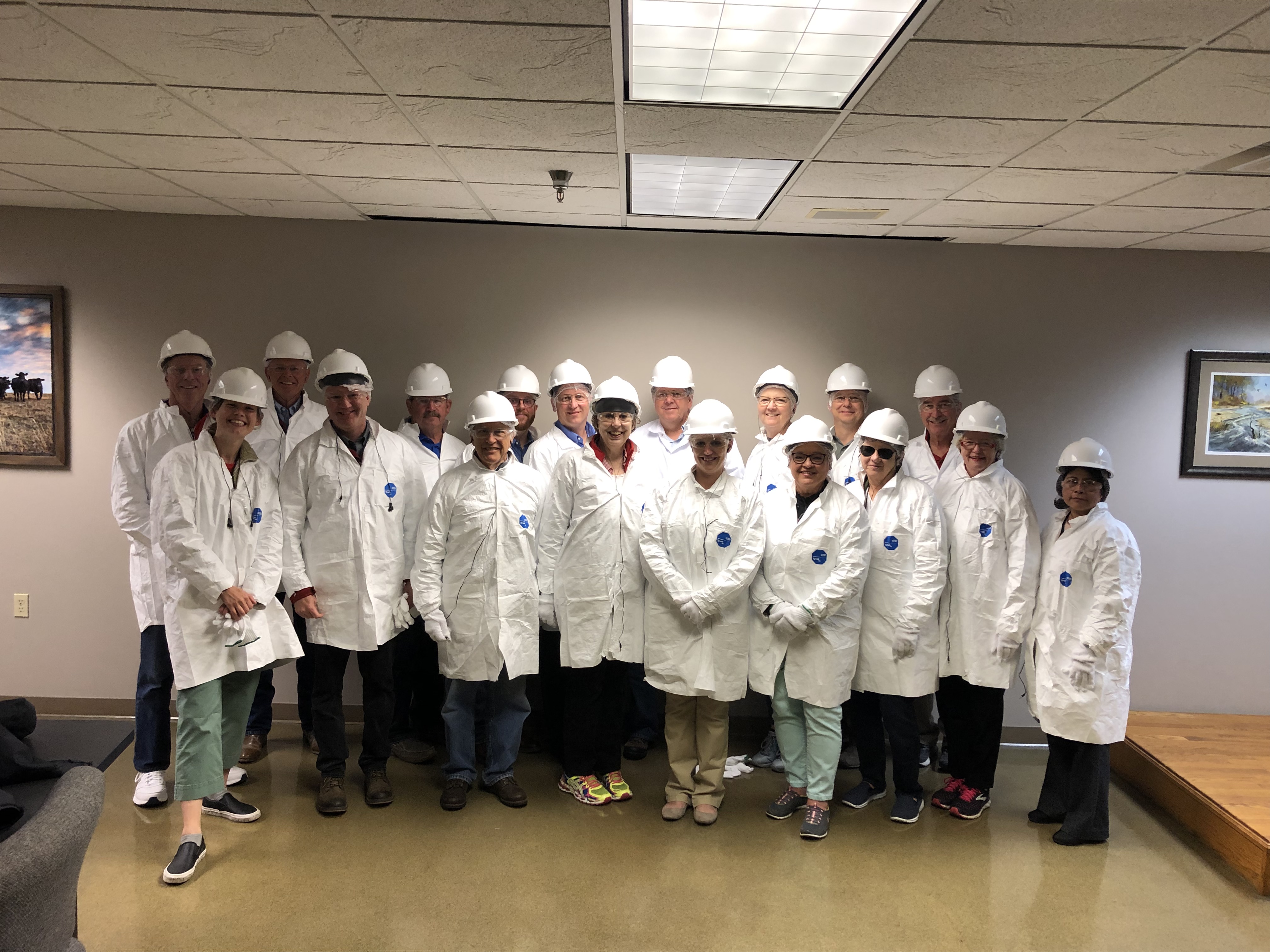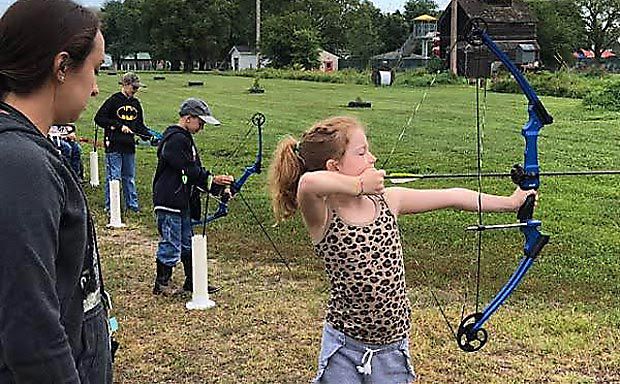
Originally published in the Columbus Telegram
As promised, a report today from the events that we discussed in this column a couple of weeks ago.
First, reflections on the launch by the Nebraska Early Childhood Workforce Commission of their report on the state of Nebraska’s workforce in this critical area.
For those interested in the bottom line, let’s cut right to it. The median wage for early childhood professionals in the state is $1,400 below the poverty threshold for a family of three: $18,706. As you might imagine that doesn’t lead to longevity in the profession, with 75% of centers reporting teacher turnover in their lead positions in the prior year.
Clearly, Nebraska hasn’t made the same investment in early childhood education as we make in K-12 education. Senator Stinner, Chair of the Appropriations Committee, said in his remarks at the launch that he is supportive of increasing the public investment in our youngest students. He also made clear that budget realities are not very flexible so there are hard choices to be made.
The report outlined the science behind making these investments. In fact, the single most important factor in building brain architecture in infants is positive and stimulating interaction between them and adults. And what’s the outcome of that? Better educational outcomes for those kids, which means better future prospects for them, their future families, and the state as a whole. Just to quantify, studies show public investments in quality early childhood education return $4 for every $1 invested and investments in “high risk” children return up to $13 for every dollar invested! Those returns come from increased earnings as well as avoiding increased cost for health care, special education, and the criminal justice system…all directly linked to what happens in the children’s first couple years.
Among other steps, the commission is proposing that Nebraska’s early childhood education is system is “fully funded” by 2030. It’s a big ask, it won’t happen without serious debate, and in fact, I’d have to say it won’t happen at all if it must all come from government.
That leads us to the second event from which I owe you a summary because that kind of progress will require big investments from the private sector and philanthropy. At the Nebraska Chamber’s annual events that same day, a panel of educators included the new University of Nebraska President Ted Carter. President Carter reminded the group that early childhood education was a critical area for Nebraska because our state ranks #1 in the nation for households with young children where both parents work.
If you weren’t in the room, you should also know that President Carter, Nebraska’s Commissioner of Education Matt Blomstedt, and community college head Greg Adams all referenced the need for a cohesive strategy to connect Nebraska students to Nebraska careers. Having those leaders all on the same page on that issue should encourage all of us. As Dr. Adams noted, Nebraska needs to have 60-65% of students with some education after high school and right now we’re at 48%. Though Nebraska is above the national average, that’s not good enough for tomorrow’s job market.
Speaking of which, President Carter pointed out that the average wage for a liberal arts bachelor’s degree is $46,000, while it is $68,000 for a degree in a STEM field. That is not to minimize the liberal arts (it’s still much higher than the average high school grad’s salary), but we’re not doing our students any favors if we’re not making them aware of the realities of the job market they’re entering.
As a final indicator of the growing synergy in all these pursuits, I would hold up the comments of former Virginia Governor George Allen, who spoke on behalf of the National Association of Manufacturers.
He told the crowd that immigration, workforce, and infrastructure are NAM’s priorities for the next two years.
Those first two issues are at the top because 70% of NAM members identify workforce as their biggest challenge; some 500,000 manufacturing jobs sit open today in the U.S.
Again, the challenge of workforce development has brought together education, community development, early childhood, immigration, business, government…all these constituencies (and others) that might typically have been at odds or unrelated with each other.
And from my biased view, we place philanthropy on top of all that as a key resource to make things happen – whether early childhood education, new workforce or people attraction strategies, community amenities, and on and on.
It was an exciting day in Lincoln and I’m glad to be able to share some of that. More people and organizations are collaborating in our state all the time and those relationships will be the foundation of the work that changes our shared future in greater Nebraska.



